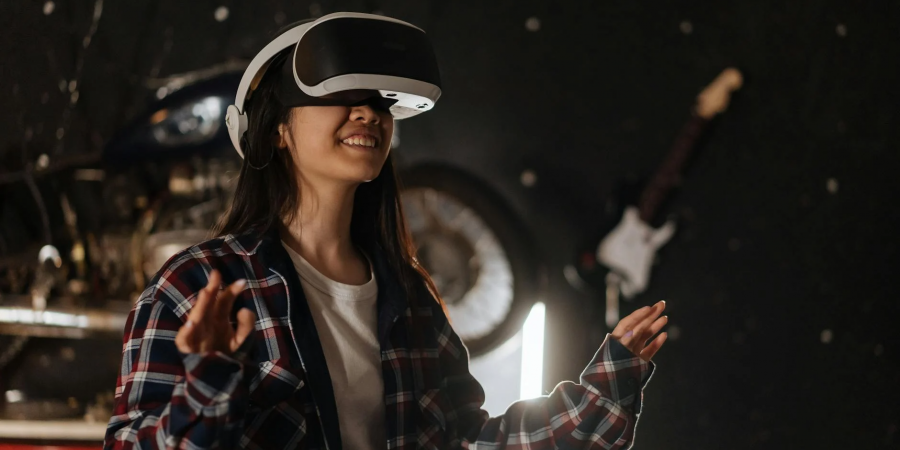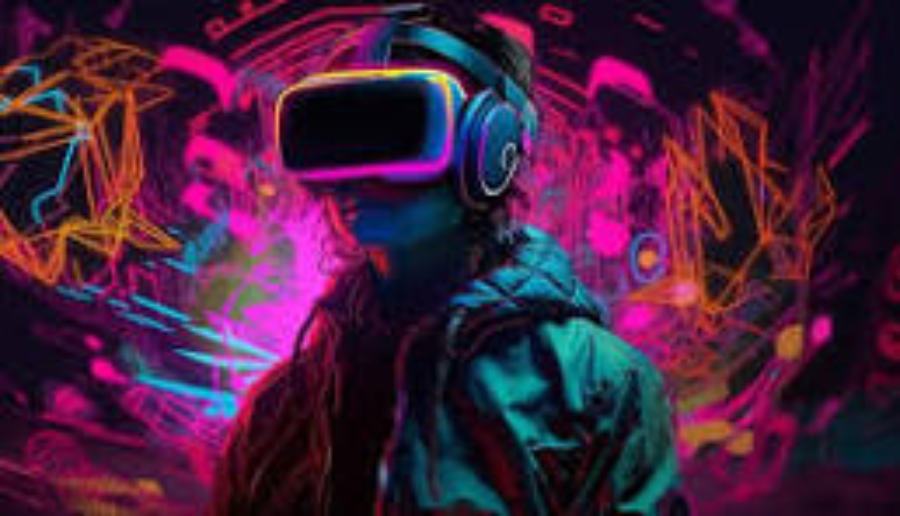

Virtual reality (VR) and augmented reality (AR) have become increasingly popular in recent years, changing how we engage with technology and perceive the environment. AR and VR technologies are transforming a variety of industries and expanding the possibilities for human imagination, from gaming and entertainment to education and healthcare. Let's examine these immersive realities in more detail and see how important they are.

AR or Augmented reality
Augmented Reality (AR) improves our sense of reality by superimposing digital content over the real world. Pokémon GO, a smartphone game that used GPS and cellphones to bring virtual animals into the real world, is one of the most well-known uses of augmented reality technology. AR is also being used in industries like retail, where buyers may see clothes or furnishings in their own homes before making an order.
Also, by offering interactive learning opportunities, augmented reality is revolutionizing education. Within the classroom setting, students can perform virtual science experiments, examine virtual species, and explore historical places. This approach not only enhances student engagement but also accommodates a variety of learning preferences, leading to improved memorization and comprehension of intricate ideas.
AR is transforming patient care and medical education in the field of healthcare. By overlaying patient data directly onto the surgical area or using augmented reality overlays to visualize interior organs during surgeries, surgeons can increase precision and lower the chance of error. Furthermore, by giving people with visual impairments access to real-time information about their surroundings, augmented reality-enabled gadgets can help them navigate the world on their own.
VR or Virtual reality.
VR, in contrast to AR, completely immerses users in virtual settings, cutting them off from reality. Virtual reality (VR) technology has become increasingly popular in the gaming industry, providing players with the chance to enter completely realistic virtual worlds and engage with settings and characters in previously unheard-of ways. Virtual reality gaming offers a variety of experiences, from peaceful exploration of fanciful landscapes to heart-pounding thrills.
Beyond Entertainment, Virtual reality holds great promise for training and simulation. VR is used by the aviation, military, and automotive industries to replicate difficult situations and locations for training. Soldiers can practice virtual combat to get ready for real-world missions, while pilots can rehearse emergency procedures in a realistic cockpit setting. Virtual reality simulations not only increase the efficacy of training but also lower expenses and lower dangers compared to conventional training techniques.
In Healthcare, VR is being used for rehabilitation, exposure therapy, and pain treatment. Individuals experiencing excruciating medical procedures or chronic pain have the ability to submerge themselves in virtual settings designed to divert attention from their anguish and encourage calm. VR-based exposure treatment works by progressively exposing patients to stressful stimuli in a safe virtual environment, helping them overcome phobias and PTSD.
In summary
AR and VR technologies are changing the way we see the world and opening us countless opportunities in a variety of fields. Immersion realities hold the potential to revolutionize various industries and enhance human experiences, ranging from education and entertainment to training and healthcare. The potential for breakthroughs in AR and VR is endless as technology develops further, pointing to a time when the lines separating the real and virtual worlds will gradually merge.
